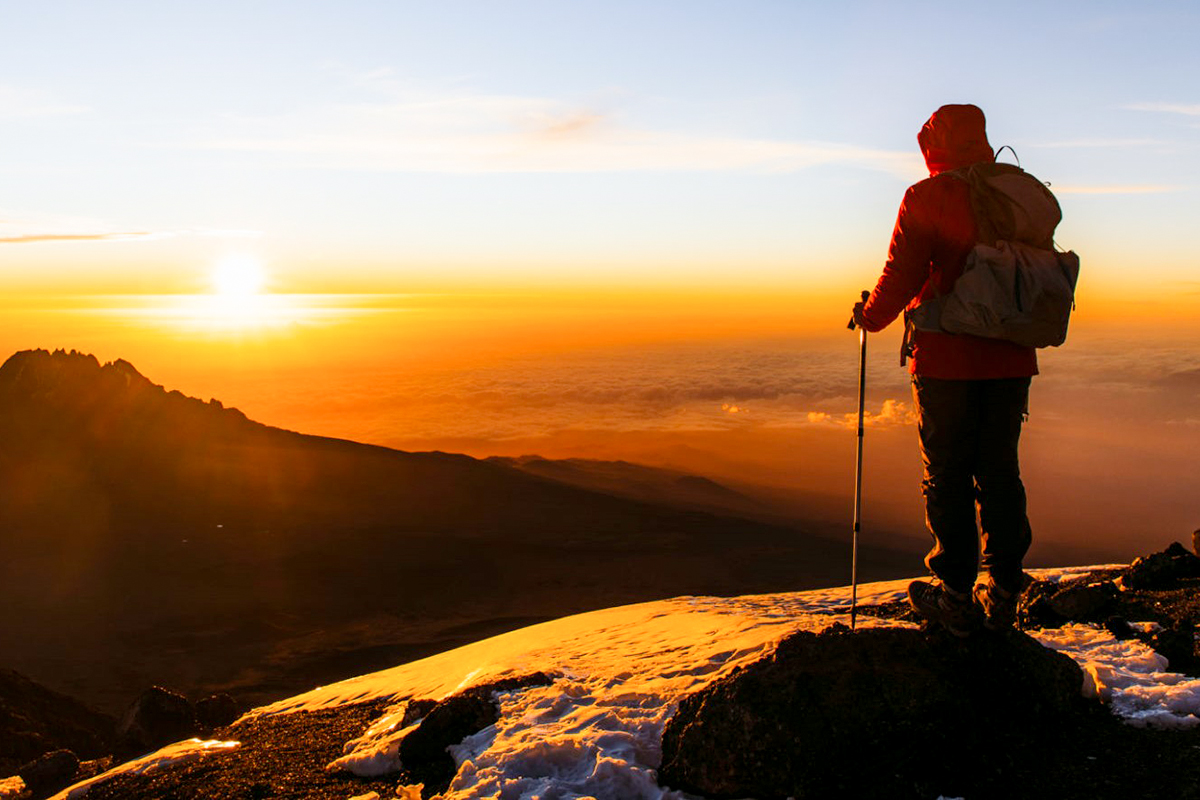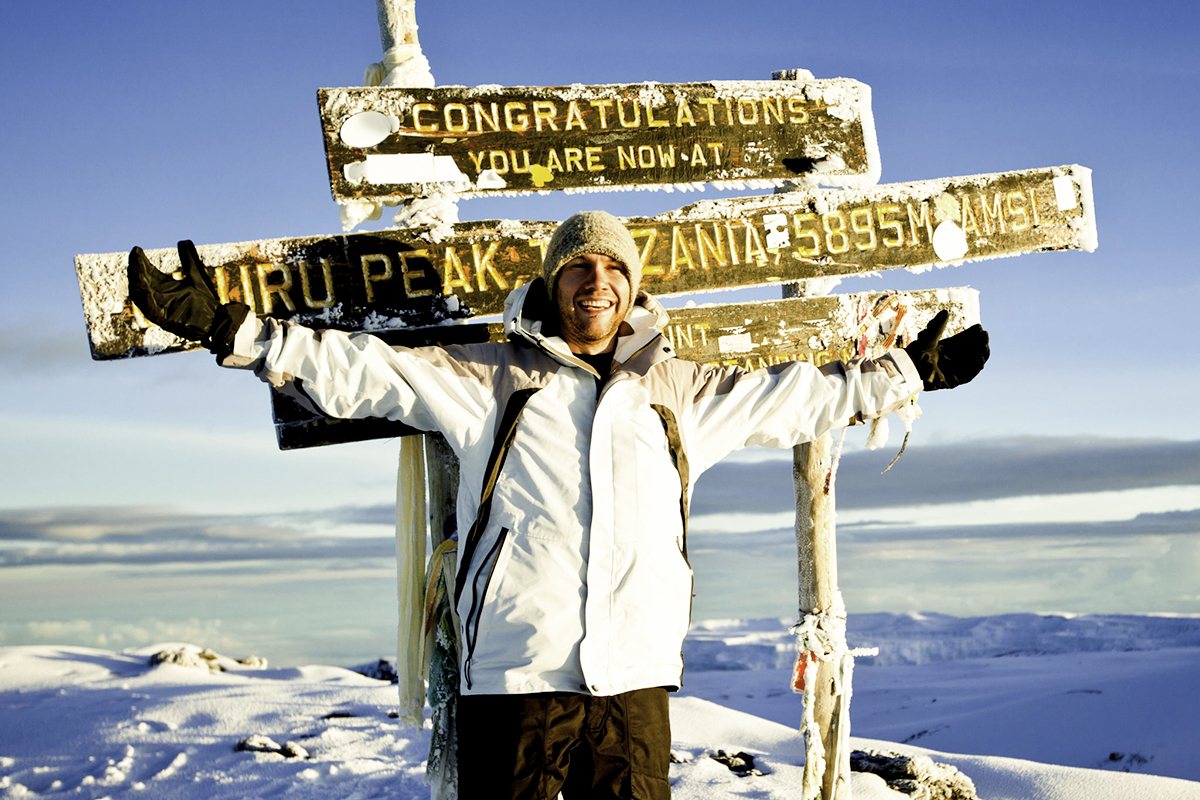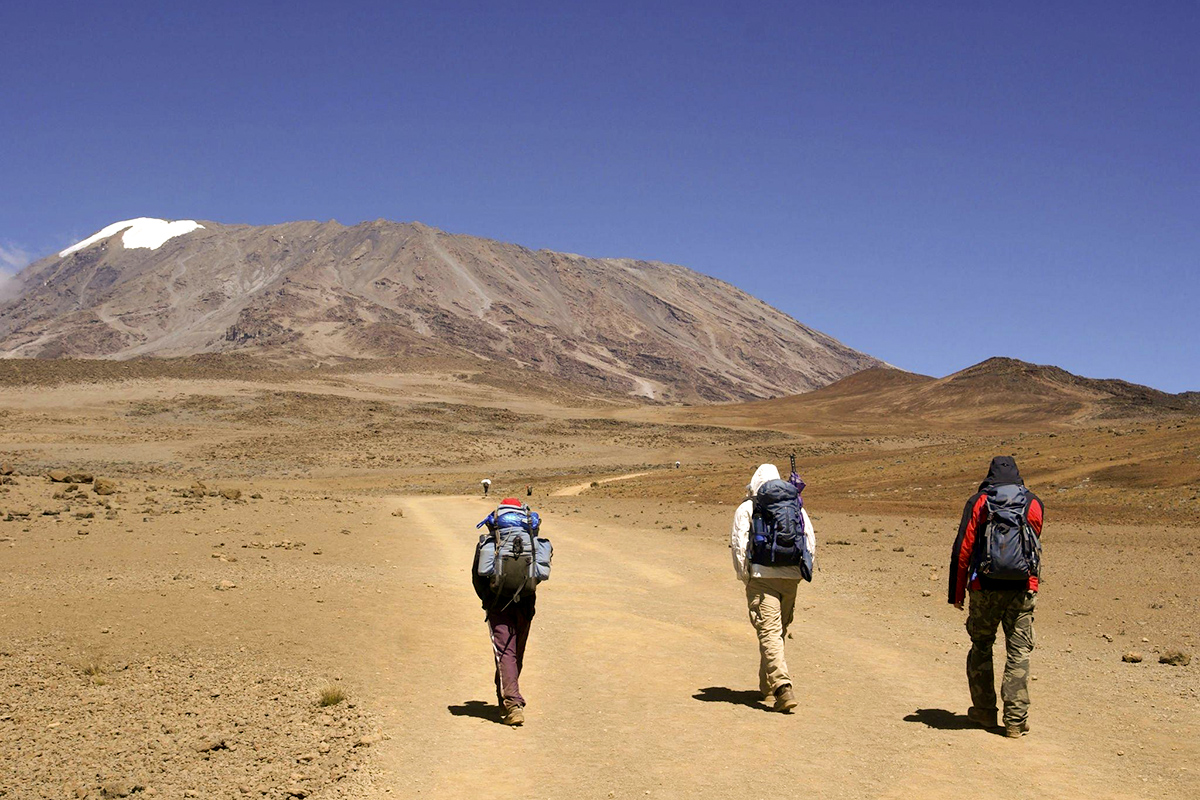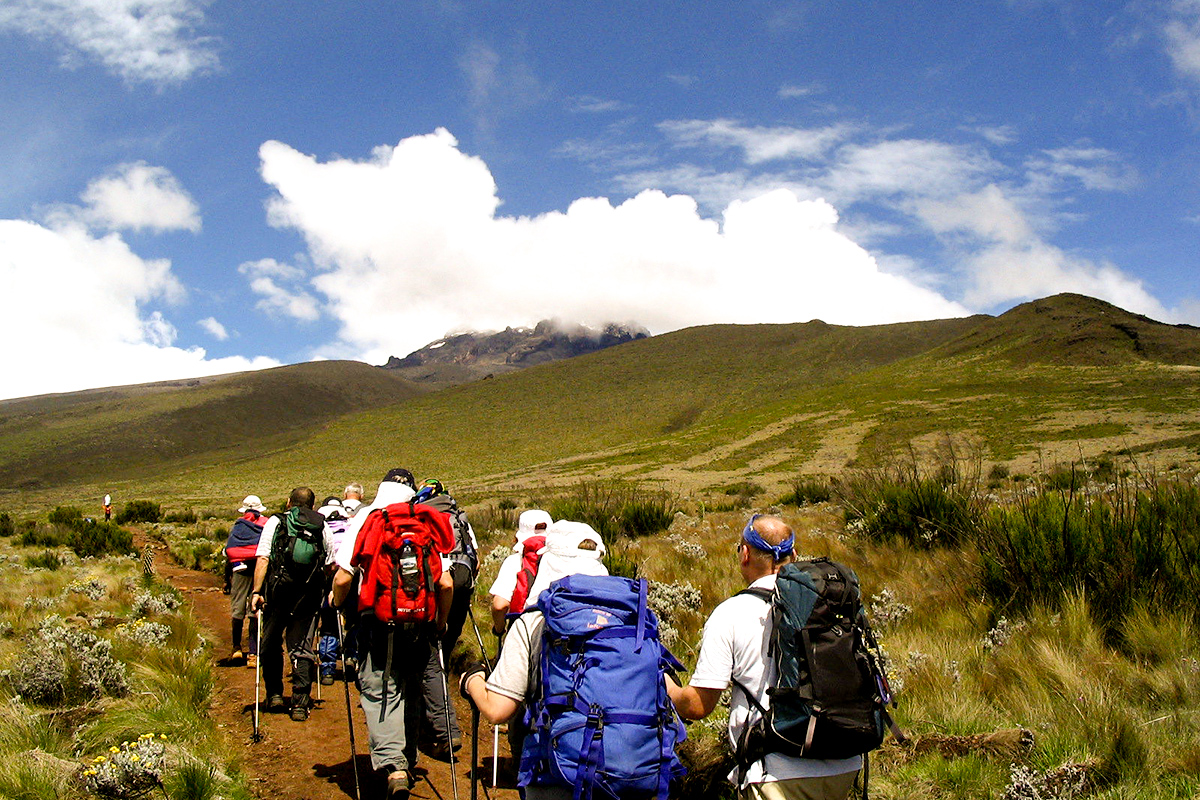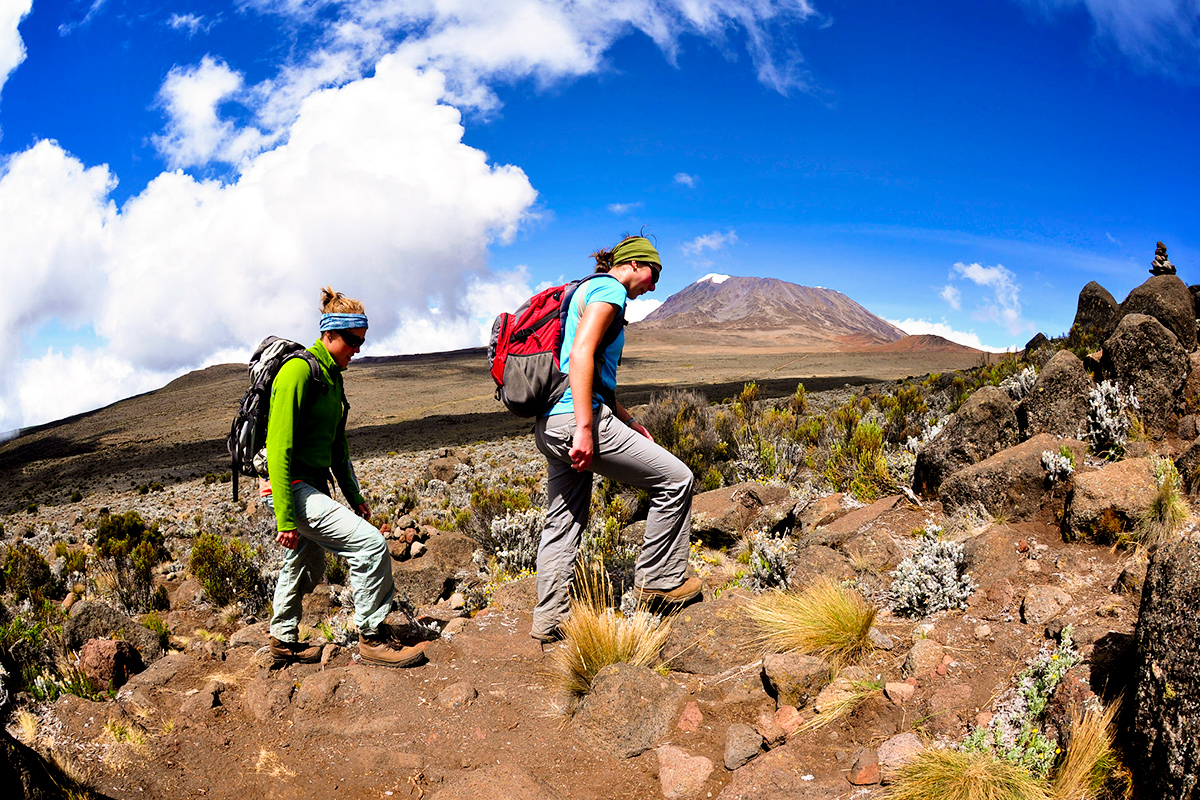Climbing Kilimanjaro Mountain
About Mountain Kilimanjaro.
The roof of Africa.
Discover the breathtaking beauty of majestic Kilimanjaro, Africa’s towering emblem veiled in snow, standing tall as the continent’s highest peak. Nestled in the heart of northeast Tanzania, its grandeur commands attention, visible even from the distant horizons of Kenya and Amboseli National Park.
Embark on a journey of exhilaration and triumph as you join the ranks of over 75,000 passionate mountaineers who ascend Kilimanjaro each year. While it may not boast untouched solitude or the most grueling ascent, this iconic summit presents a formidable test of resilience, with altitude challenges posing as the ultimate adversary. Yet, amidst the throngs of fellow adventurers, the allure of conquering Kilimanjaro remains unparalleled, a testament to the indomitable spirit of human endeavor.
But Kilimanjaro’s allure extends beyond its lofty peaks; it serves as the gateway to a realm of unparalleled natural wonders. Immerse yourself in the untamed splendor of North Tanzania, where Kilimanjaro stands in close proximity to the crown jewels of African safaris – the Serengeti, Ngorongoro, and Tarangire National Parks. Enrich your ascent with the awe-inspiring spectacle of Africa’s diverse wildlife and landscapes, creating memories that will endure a lifetime.
Climbing Routes: Kilimanjaro offers several routes to the summit, each with its own challenges and highlights. The most popular routes include the Marangu Route, the Machame Route, the Lemosho Route, and the Rongai Route. Climbers can choose the route that best suits their experience level, preferences, and time frame.
Wildlife: Despite its high altitude, Kilimanjaro is home to a variety of plant and animal species. The lower slopes are teeming with life, including elephants, buffalo, leopards, and monkeys. As climbers ascend, they may encounter unique flora such as giant groundsel, lobelia, and endemic species of plants.
Cultural Significance: Kilimanjaro holds cultural significance for the people of Tanzania and beyond. It is revered as a sacred mountain by the Chagga people who live in its foothills. The mountain has inspired countless legends, stories, and songs, and continues to captivate the imaginations of people around the world.
Frequency Asked Question About Kilimanjaro Treeking
Kilimanjaro stands at 5,895 meters (19,341 feet) above sea level, making it the highest mountain in Africa and the tallest free-standing mountain in the world.
The duration of a Kilimanjaro climb varies depending on the route chosen and the climber’s fitness level. Most climbs take between 5 to 9 days to reach the summit and return.
Climbing Kilimanjaro is considered a challenging endeavor, primarily due to the altitude and the physical demands of the climb. Proper preparation, including physical training and acclimatization, is essential for a successful ascent.
While prior climbing experience is not necessary, a good level of fitness and stamina are required. Many climbers without prior experience successfully reach the summit with the help of experienced guides.
The best time to climb Kilimanjaro is during the dry season, which typically runs from late June to October. These months offer clearer skies and more stable weather conditions, increasing the chances of a successful summit.
Essential items to pack for a Kilimanjaro climb include warm clothing, sturdy hiking boots, a sleeping bag, and plenty of water. It’s also important to pack high-energy snacks and any necessary medications.
While it is possible to climb Kilimanjaro without a guide, it is highly recommended to hire an experienced guide for safety and navigation purposes. Guides are familiar with the terrain, weather conditions, and potential risks of the climb.
Altitude sickness, also known as acute mountain sickness (AMS), can occur when ascending to high altitudes too quickly. To prevent altitude sickness, climbers should acclimatize gradually, stay hydrated, and listen to their bodies for any signs of discomfort.
With proper preparation and guidance, climbing Kilimanjaro can be a safe and rewarding experience. However, it is essential to follow safety guidelines, listen to your guides, and be prepared for the challenges of high-altitude trekking.
Not everyone reaches the summit of Kilimanjaro, and that’s okay. If you’re unable to continue due to altitude sickness or other reasons, your guide will assist you in safely descending the mountain. The journey itself is an accomplishment, regardless of reaching the summit.
Our Partners





